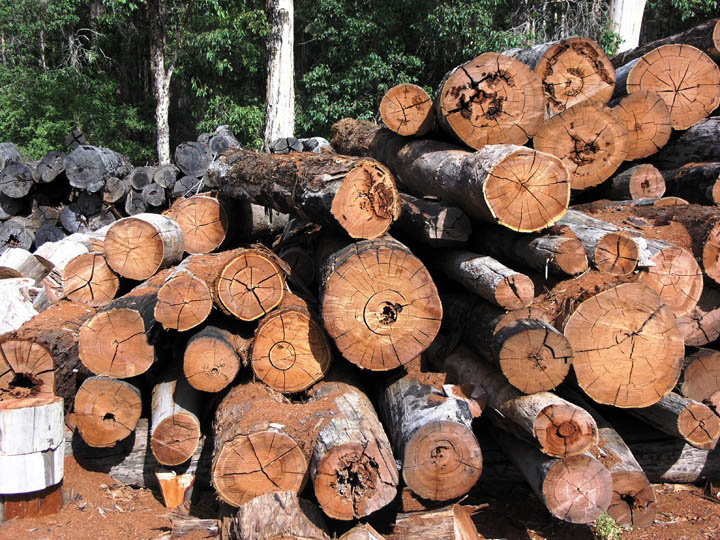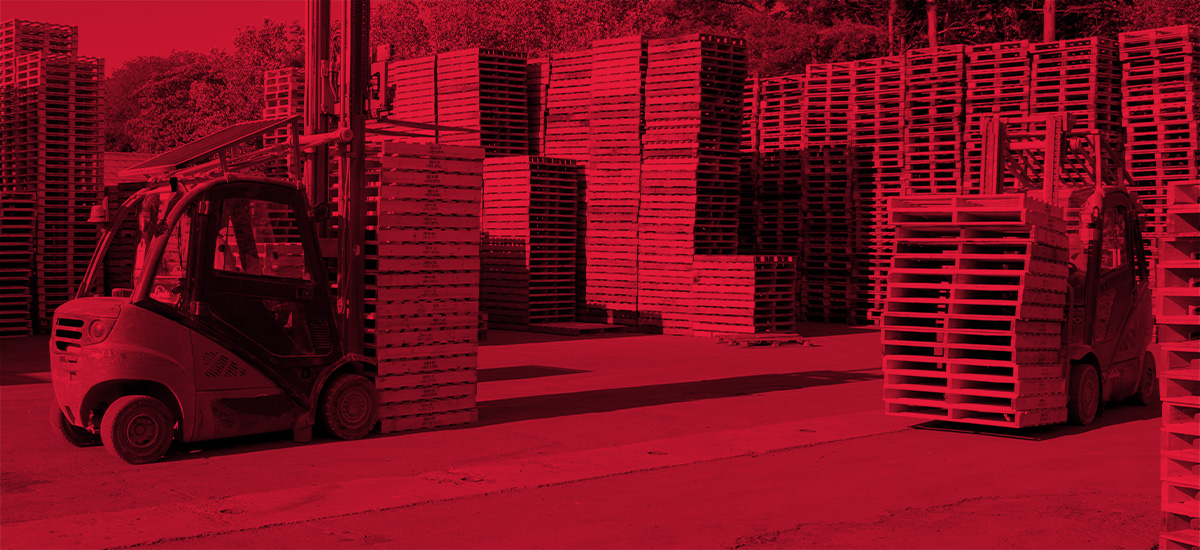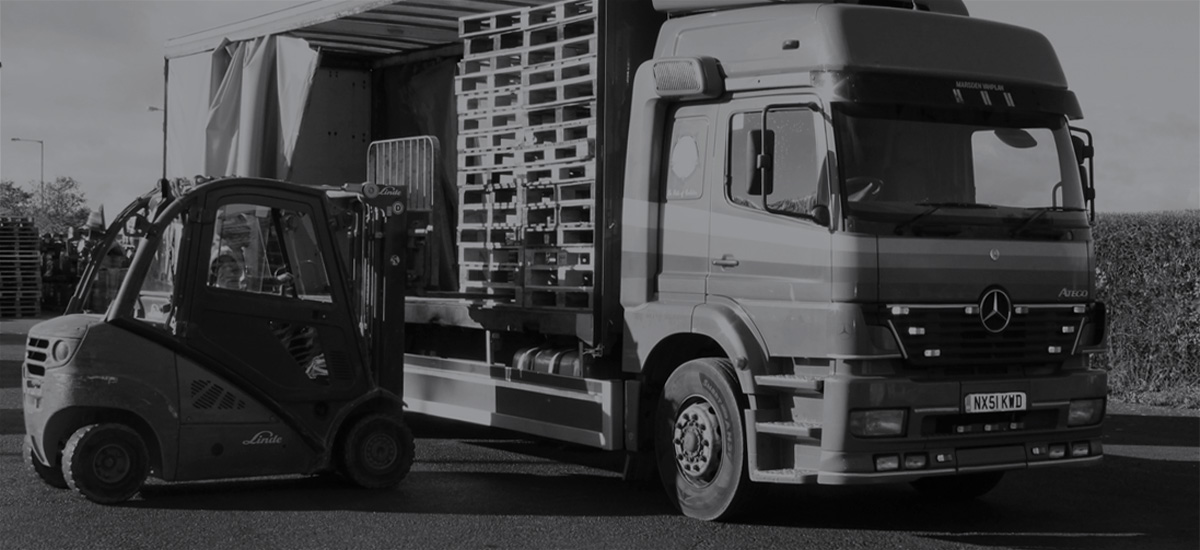Over the last few months the demand for pallets has increased due to the rise in the number of deliveries being made. As more of us order online, it was only a matter of time before the heightened need for wooden pallets had an impact on timber prices, and as a result we’re experiencing the biggest surge in timber prices we’ve seen in quite some time.
According to Timcon, there was a 13.2% rise in timber prices during quarter four of 2020, which could add up to £1 on the current price of new wooden pallets, depending on specification.
In the British port terminals, sawnwood stocks are at a low level, as according to importers Scandinavian wood groups are maintaining stocks to meet rising requirements for the material.
A recent EUWID report stated that carcassing from the UK is around £50/m3 lower than for the Scandinavian equivalent, reducing the difference in price from last quarter of 2020, which was £90/m3. This enabled British sawmills to win back market shares lost over the past two years.
Currently, British sawmills are showing increasing demand for carcassing, screen and agricultural fencing. With the jump in demand, it can take up to five weeks for the delivery instead of the usual five to seven days.

A lot of pallet boards are going directly to value-adding operations which has resulted in the sawmills concluding contracts with customers for high volumes of delivery in February. Unfortunately, with such a high demand, it’s left some companies concerned for stock numbers for the upcoming season.
The pressure has led to higher prices, pushing private forest owners to escalate their felling to produce garden wood and fencing.
This month the EU brought in the requirement that wooden pallets travelling between Europe and the UK must be heat treated to the ISPM15 standard.
Reconditioned pallets that are untreated, or need to be heat treated for a second time, will have additional supplement charges when purchased. This is likely to be higher than prices we’ve seen previously with the larger demand and regulations ensuring all pallets meet the standard.
Looking on the positive side of the rise in timber prices, this due to high demand, which does suggest that businesses are booming and this is fantastic news given the current circumstances.
Is an increase in pallet prices worth it to fit supply and demand? Let us know your thoughts by tweeting us at @RPS_Limited or head to our LinkedIn company page.







